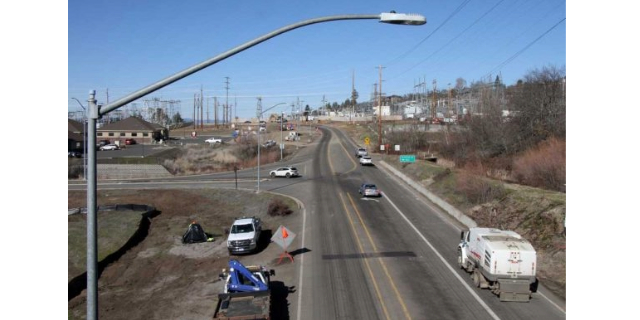ONE PAYCHECK AWAY: Will homelessness always be with us?
Published 7:00 am Sunday, April 7, 2024

- Julie Akins
I have spent the last nine years researching homelessness and housing every day. I write about it, I study it, I speak to experts and to those experiencing being unhoused. But the gnawing question seems to persist: Can homelessness be solved or will it “always be with us?” as one mayor once told me. And if it can be solved, are the solutions a matter of political will and public funding, private sector building or a combination of all of these factors?
Trending
To get a clearer picture, I recently spoke with two undisputed experts who literally wrote the book on the issue, “Homelessness is a Housing Problem.” Housing scholar Gregg Colburn and data journalist Clayton Aldern with the vast assistance of the University of Washington and published by the University of California Press wrote an authoritative book on the issue. They delved into the data and concluded, as many others have, that the reason for the high number of homeless people, especially on the West Coast, is that there are not enough homes and the homes that do exist are outside affordability for most people.
It would seem a rather obvious conclusion, but for many it is not obvious. I asked why.
“It’s an issue that seems as if it should not exist,” Colburn told me. “There’s an emotional disconnect of coming so frequently into proximity with the disparity of extreme poverty in a nation that’s said to be so wealthy.” Colburn and Aldern agreed that homelessness is a hot-button political issue, but there remains among some quarters a stubborn bias around “worthiness of assistance.” I asked if changing public will and creating agreements that we need more housing to solve homelessness will be enough.
Trending
The authors agreed that a change in perspective will help push public funding and ease administrative burdens.
They used this example:
“We house veterans because it’s good politics.” Colburn said, in referencing massive housing assistance for former servicemen and servicewomen. “We had the help of the Veterans Administration and we took direct action to solve it. Within a few years, we cut veteran homelessness in half. What worked for this subgroup could work for everyone. When you apply direct action, problems get solved.”
Colburn and Aldern also pointed to the results of housing people during the pandemic. “We moved people out of congregate shelters and put them in hotel rooms with private space and their own bathroom. These people got better. They reported being healthier in every way. Others who might have fallen into homelessness received assistance and were able to maintain housing. That’s powerful. The power of state action worked because we acted.”
Colburn further states that after the pandemic assistance lapsed, we once again saw more people falling into homelessness.
“In Los Angeles, you see agencies putting 20,000 people into housing, which is a huge accomplishment. But when 30,000 more become homeless, it looks like it’s not working. When you don’t scale up the solutions to the problem, you can never catch up.”
I agree, often likening it to sweeping in a dust storm. You can’t get the porch clean until the dust stops blowing, and you can’t solve homelessness until you have enough homes that people can afford to live in. In Jackson County, 53% of people are considered “rent burdened.” That means they spend more than one-third of their gross pay on rent or mortgage, many spend half. In practical terms, these are the people who are one paycheck away from homelessness.
The scale of the problem is vast. The solutions, therefore, must be vast, too.
“We know what works,” Aldern says. “It’s a question of political will. Will we invest in housing on a mass public scale?”
They reference not just state and federal action, but local as well. “It’s hard as a mayor to push through affordable housing when you have voters who don’t want it, who come to meetings and discuss traffic and resources. If you don’t respond to your voters, you can’t get re-elected.” Colburn told me.
Then I asked a difficult question, often on the minds of those committed to solving homelessness: “What will have to happen in order for political and public will to change?”
Colburn answered, “Pain. It will take more pain until people realize this isn’t going to get better without action.”
Aldern went on to say: “You can’t solve a $50-billion problem with a $1-billion investment.”









